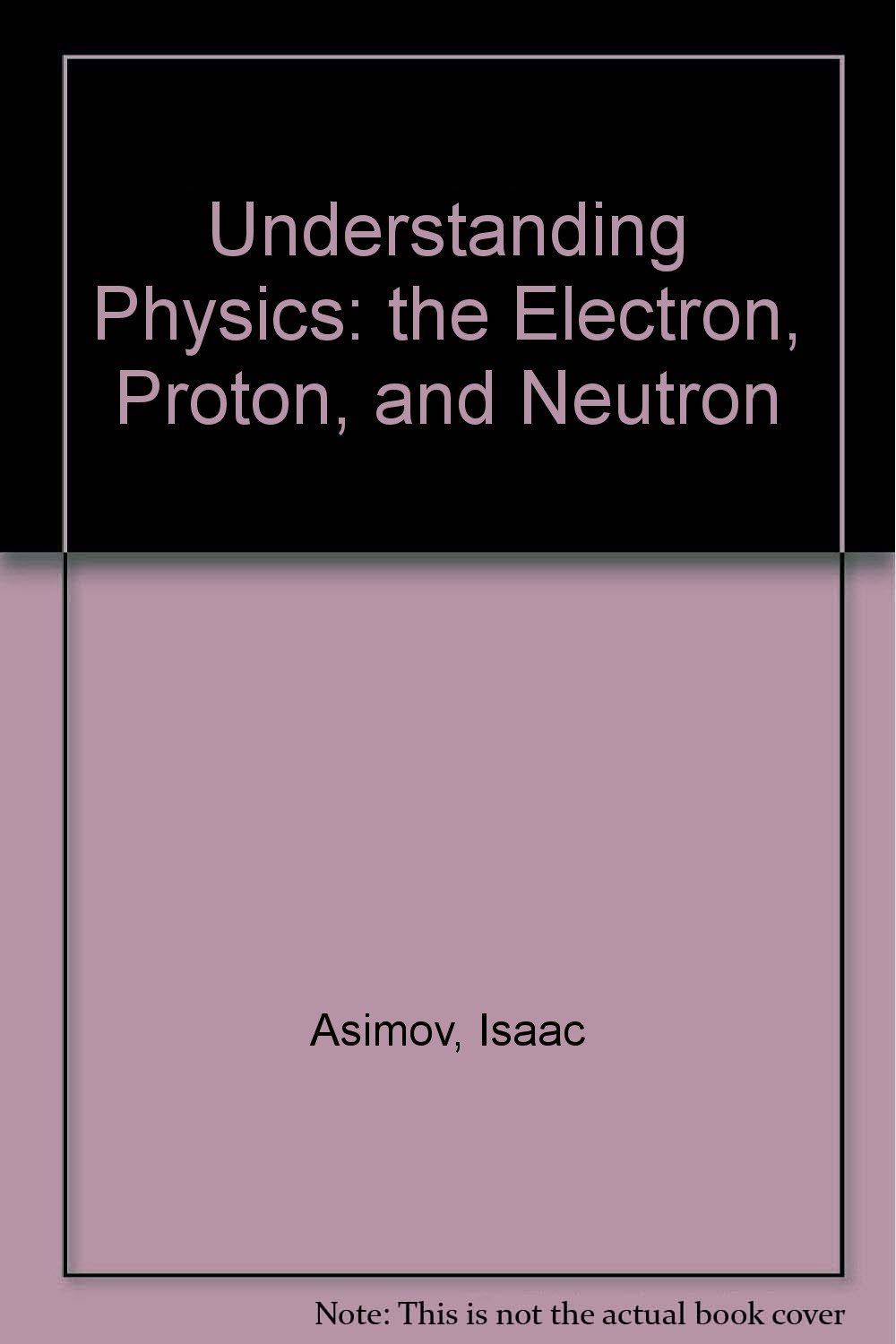What do you think?
Rate this book


Paperback
First published April 1, 1969
If anything goes wrong with the control system, matters are so arranged that the cadmium rods fall inward of themselves, quenching the reaction. This is a fail-safe situation and a quarter-century of experience shows that nuclear reactors are quite safe when properly designed.
